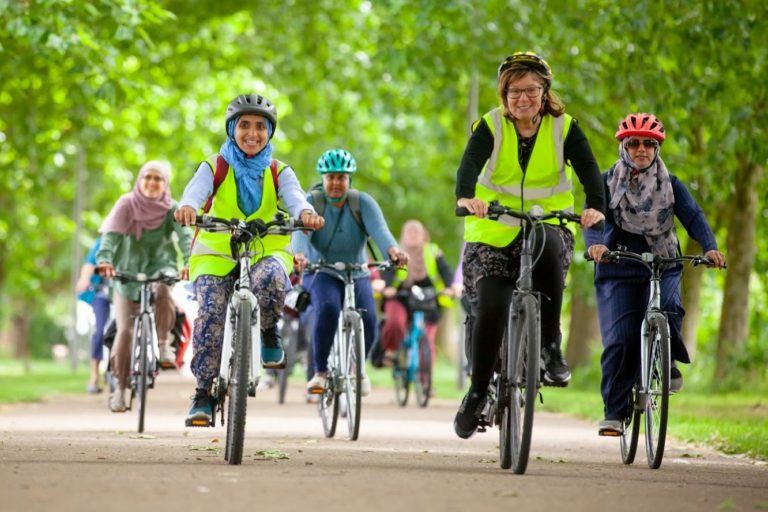Increasingly, attention is being paid to the valuable role sport and physical activity can play in assisting social cohesion and community development.
This, in turn, has led to a development in the way in which community sport programmes are being approached.
Traditionally, sport development programmes have often been delivered as interventions which seek to highlight an issue and attempt to solve it for a place or community.
Generally, the issue would be high levels of inactivity or specific barriers to participation.
These types of programmes would be accompanied by a sustainability plan because, by their very nature, they are designed to come to an end when a funded period is finished.
Although there is certainly a place for intervention projects in gathering investment, long-lasting community development should involve sustainability in its approach from the outset and Asset-Based Community Development offers a method of doing this.
The approach looks to highlight what’s good in a community, rather than what’s not. When it is delivered effectively it becomes a genuine bottom-up approach.
What is the ABCD Approach?
The ABCD approach was developed by John L. McKnight and John P. Kretzmann at the Institute for Policy Research, Illinois.
It is a strategy for sustainable community-driven development which looks at how to link micro-assets to the macro-environment.
The appeal of ABCD lies in its premise that communities can drive the development process themselves.
ABCD builds on the assets that are already found in the community and mobilises them to come together to build on their assets.
An extensive period of time is spent in identifying the assets of individuals, associations, and then institutions before they are mobilised to work together.
Physical activity and sport has a fundamental role to play in tackling societal issues, social integration and encouraging social mobility
— London Sport (@LondonSport) April 11, 2019
Tristan Farron-Mahon investigates diversity in London and how we research minority groups
➡https://t.co/Xc36HnzAgv pic.twitter.com/G0JdP2UiO2
The identified assets from an individual are then matched with people or groups who have an interest or need in that asset.
The key is to empower the people of the community by encouraging them to utilise what they already possess.
A second important part of ABCD is found in the organisations and associations who drive the community development process and leverage additional support.
This is where sport organisations, sport and physical activity charities, and local authority departments such as public health and leisure teams will be involved in the process.
These organisations are the vehicles through which all a community’s assets can be identified and then connected to one another.
For example, the asset mapping might have identified that there is a nature reserve who require additional volunteers and a local youth group who work with young people looking for opportunities to be physically active outside. Local associations can identify these links and be the connector.
Users of the ABCD approach are deliberate in their intentions to lead by stepping back, the role is to identify the opportunities which exist and look for investment to upskill them if required.
How can the sector use ABCD?
This approach does present a challenge for a sector with a specific agenda, in this instance, to increase sport and physical activity levels.
An intervention-style approach allows for an organisation to plan and set parameters around the specific activities which will be delivered to achieve set outcomes.
When using an ABCD approach this is less simple as the power sits within the community. Therefore, a more flexible framework and version of success needs to be agreed.
This also offers an opportunity for cross sector working, through highlighting shared outcomes for example within the arts.
As long as a more flexible approach to outcomes can be adopted then ABCD can be an effective method for increasing participation in sport and physical activity.
The community take ownership when agencies step back, which means the approach has the power to lead to more sustainable and impactful results.
To learn more about undertaking research with diverse or hard-to-reach groups or if you are interested in finding out more about London Sport’s work in this area, email Tristan.

